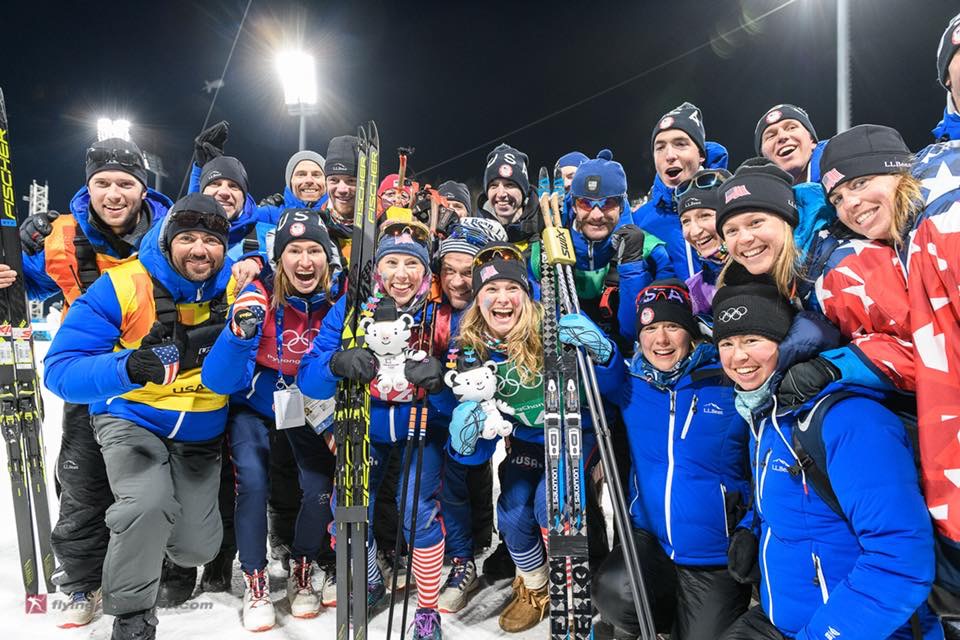As a private practice clinician working with high-level cross-country ski athletes, I receive an interesting number of questions regarding ‘what does a physical therapist do during training and competition?’ Many people are surprised to learn that my role is not just managing injuries or doing massage. It is so, so much more than that!
I have been working with the US Cross Country National Ski Team since 2013. It has always been voluntary work; I call it my ‘hobby job.’ Maybe that is why it’s so rewarding and I am motivated to put 100% in it. I have been involved in many high-level competitions such as the Winter Olympics in PyeongChang in 2018 and several World Championships, as well as World Cups and domestic competition. As different as those events are, they also share some similarities.
Let me share my experiences as a physical therapist – and how my role varies – during training and race days.
Training day:
Athletes try to match their training schedules to competition times. Competitions can start early in the morning or late in the afternoon – we have some competitions starting at 7pm under artificial lights! So, I adjust my schedule to work with training times.
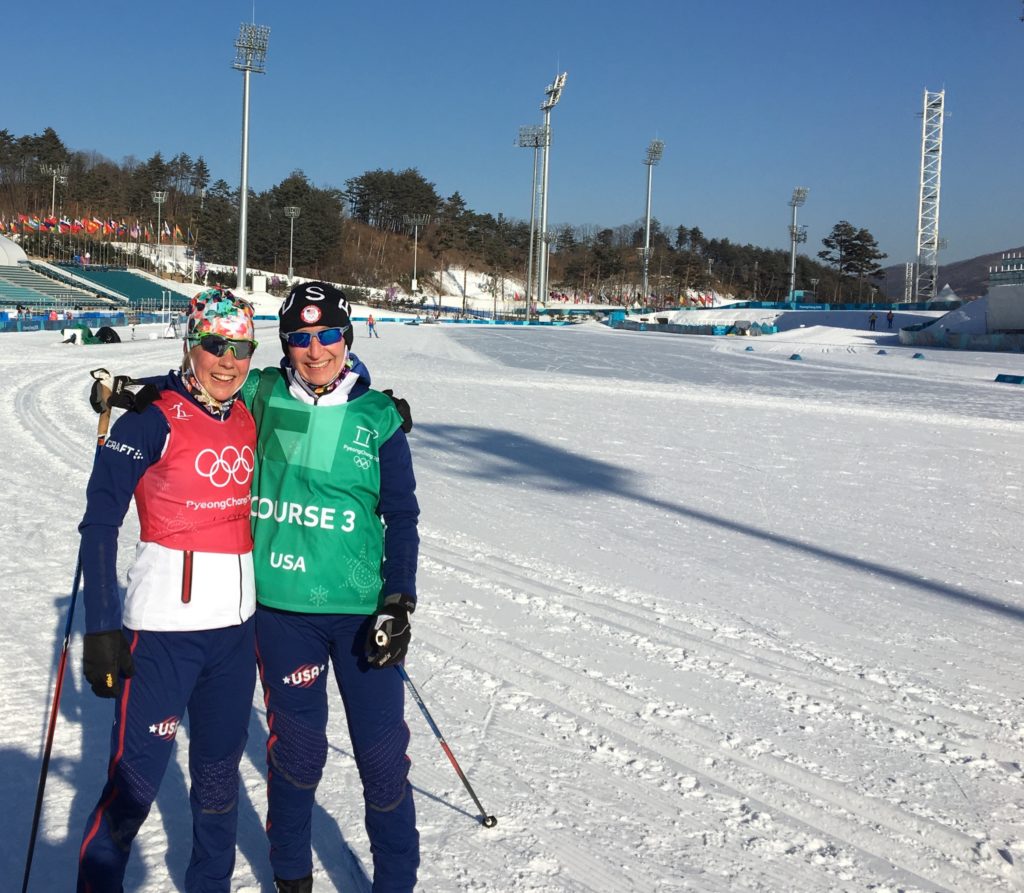
The athletes that are dealing with an injury or a tweak start with a quick check-in and treatment – possibly taping – to allow them to train optimally. Communication with coaches is very important; if a lingering injury requires training adjustments, training objectives still need to be fulfilled. We work together to keep athletes progressing to peak on time and to prevent detraining. This is especially important in endurance sports.
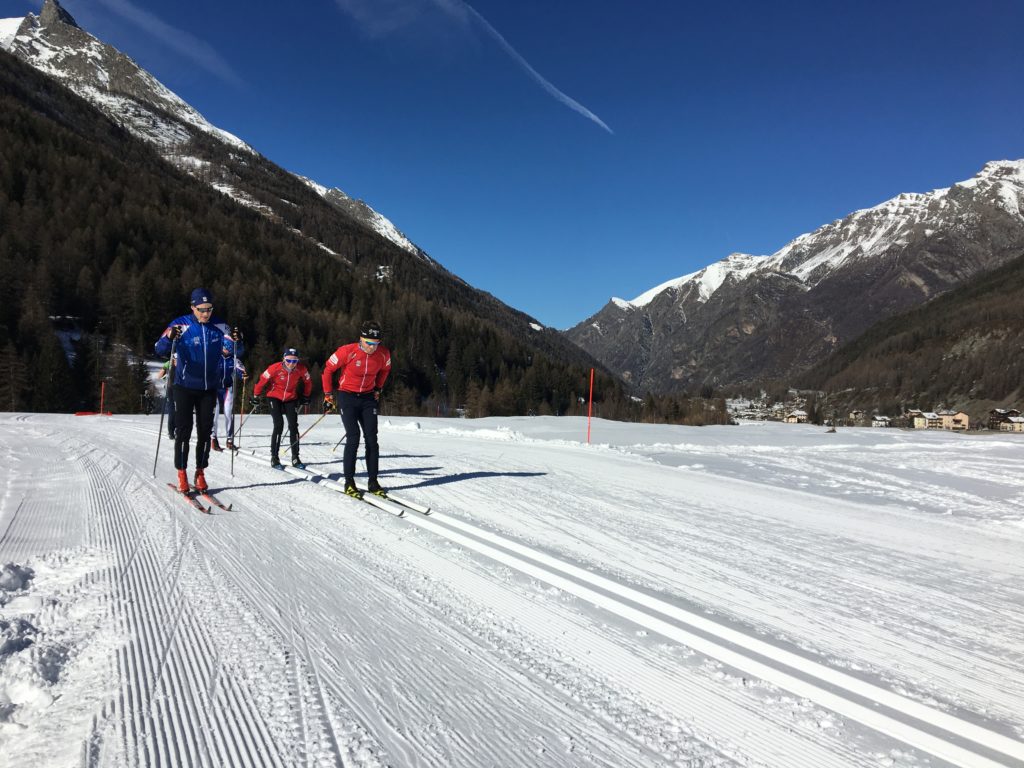
I usually join our athletes during on-snow training and/or gym sessions, and I am available to answer any questions or help the coaches adjust the session to match athlete needs. One of the most rewarding elements of these sessions is putting my movement assessment skills into practice. It’s incredibly rewarding to use movement biomechanics knowledge to help coaches and athletes perfect ski technique. Yes, the role of a PT is also performance enhancement!!
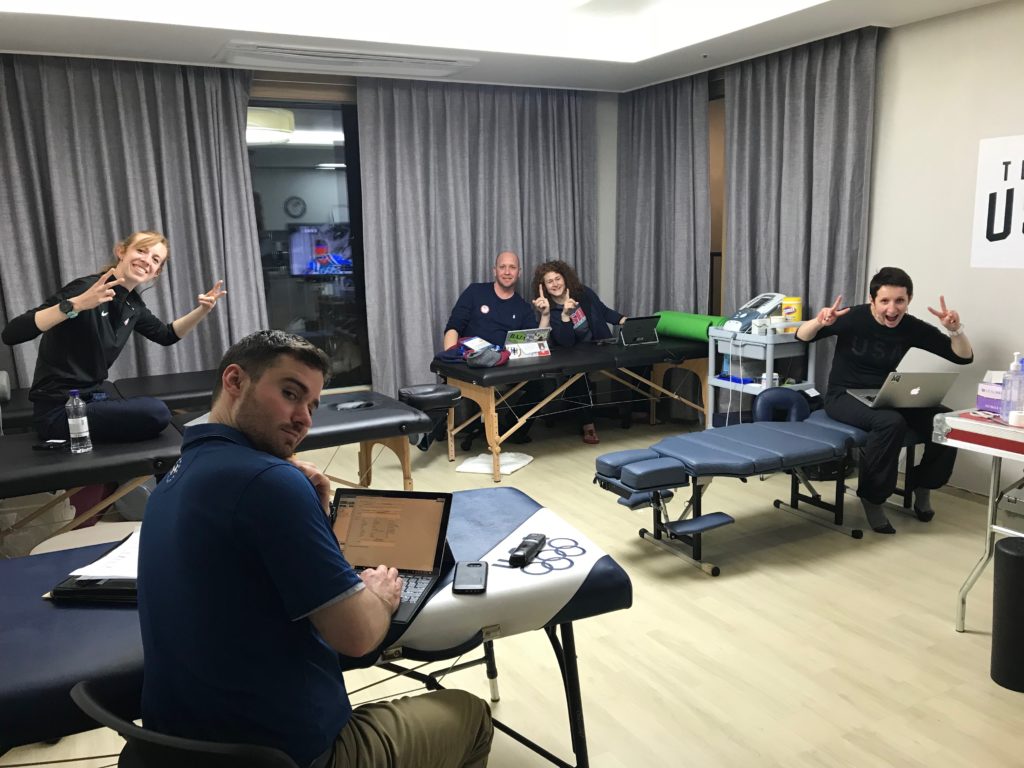
After training, I check in with the athletes and provide PT and recovery massage/bodywork to get them ready for the next day. This way, the athletes are able to absorb more training load and train optimally, with good recovery. Overall, I spend 8-10 hours doing the combination of PT, massage, and training session coverage each day. Repeat the next day.
Again, communication with the coaches, the team doctor, and – of course – our athletes is the key!
Competition:
Athletes start to arrive at competition venues several hours before each event. Their prep routines involve ski testing with coaches and techs, as well as extensive warm-ups. If anyone is dealing with a tweak or an injury, I will address it pre-race at the venue or sometimes even before we leave the hotel. Otherwise, I stay in the background unless needed until close to the start.
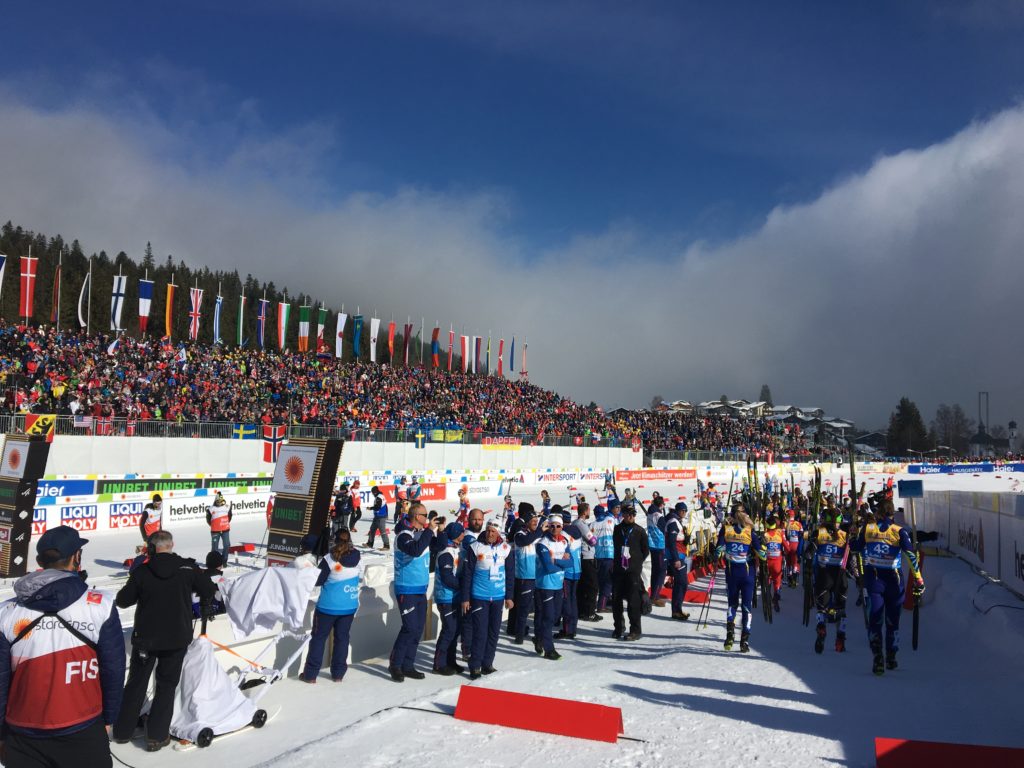
My duties usually involve start and/ or finish oversight; getting athletes ready for the start including clothes, bibs, keeping track of time and their starting position, making sure they have everything, and occasionally cutting the sleeves off their race suits and soaking them in water if the race day gets too hot (yes, winter athletes tend to overheat when the weather is above 30F and sunny).
We also manage feeds, course reports to the coaches, and cheering our lungs out.
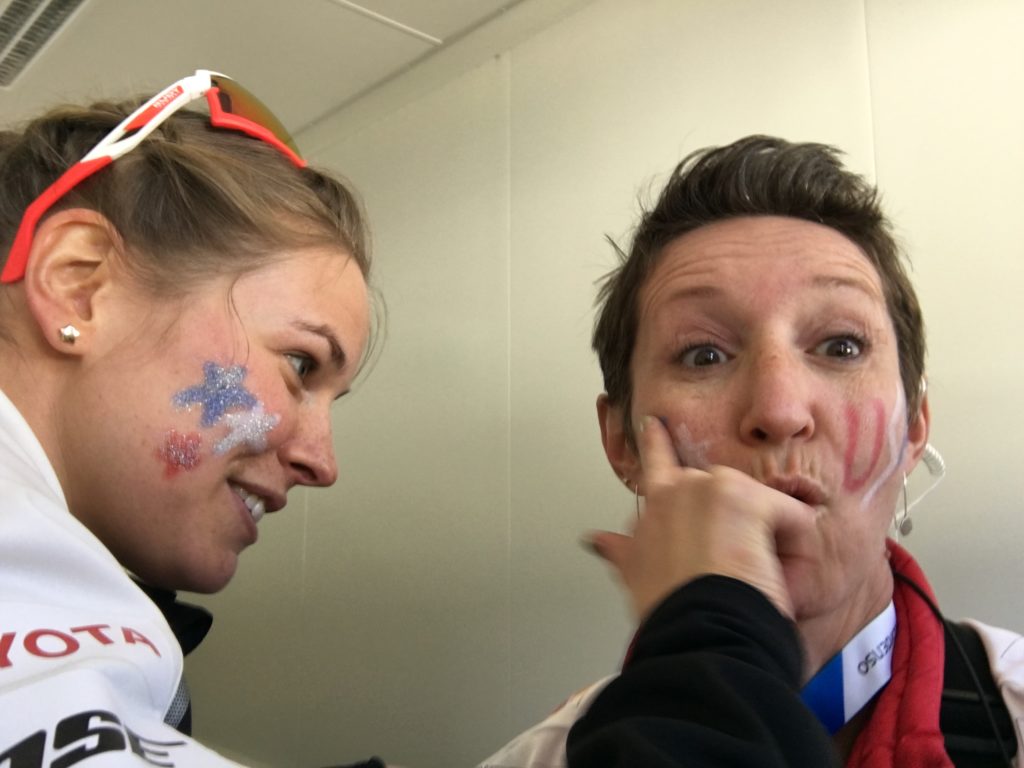
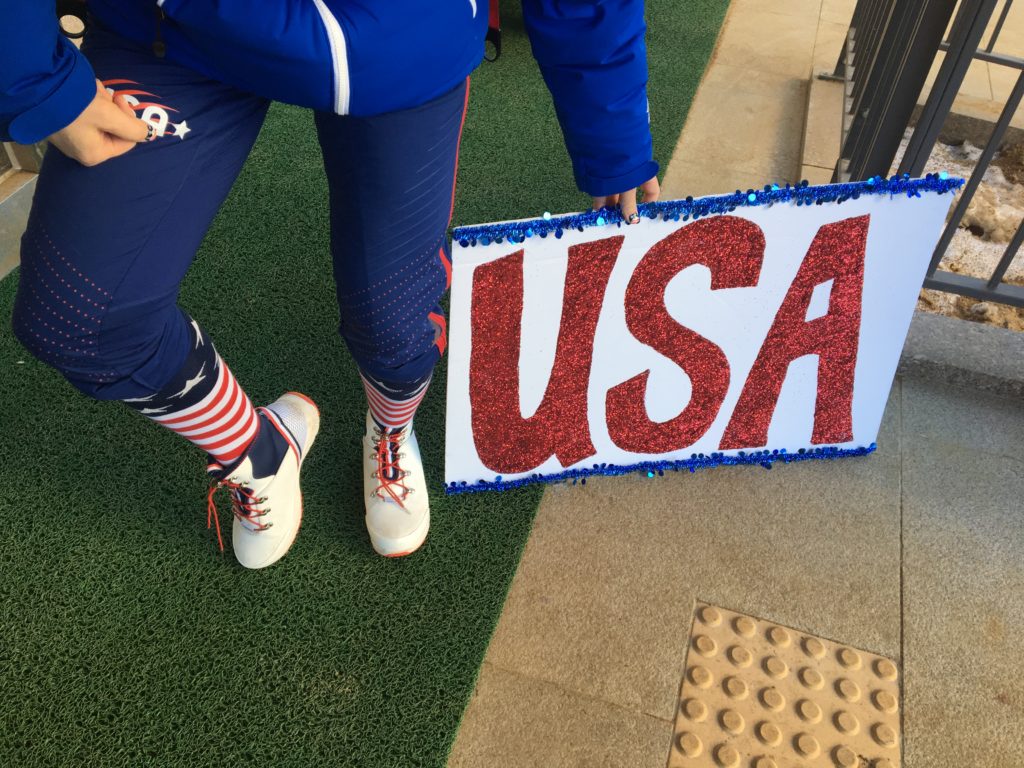
During sprint days (these involve qualifications and repeated heats), I set my massage table up somewhere close the finish or in the athletes’ area for recovery massage/body work for the athletes that advance in the competition. Get this… an athlete that ultimately advances to a sprint final must complete 4 all-out legs, each approximately 2-3 minutes long. They are most definitely spent afterwards.
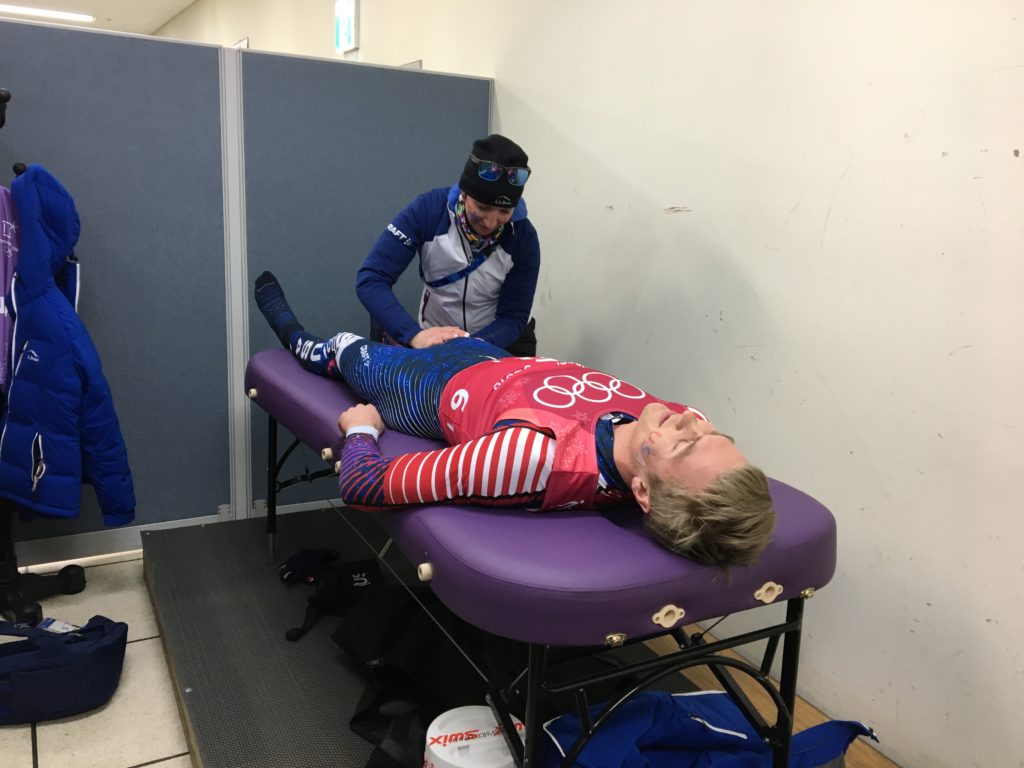
When we podium (yay!), my job is to take care of the athletes and their belongings. I make sure they are fed, hydrated, and have dry clothes. There is always a lot of ‘action’ – antidoping, interviews and similar activities for the athletes.
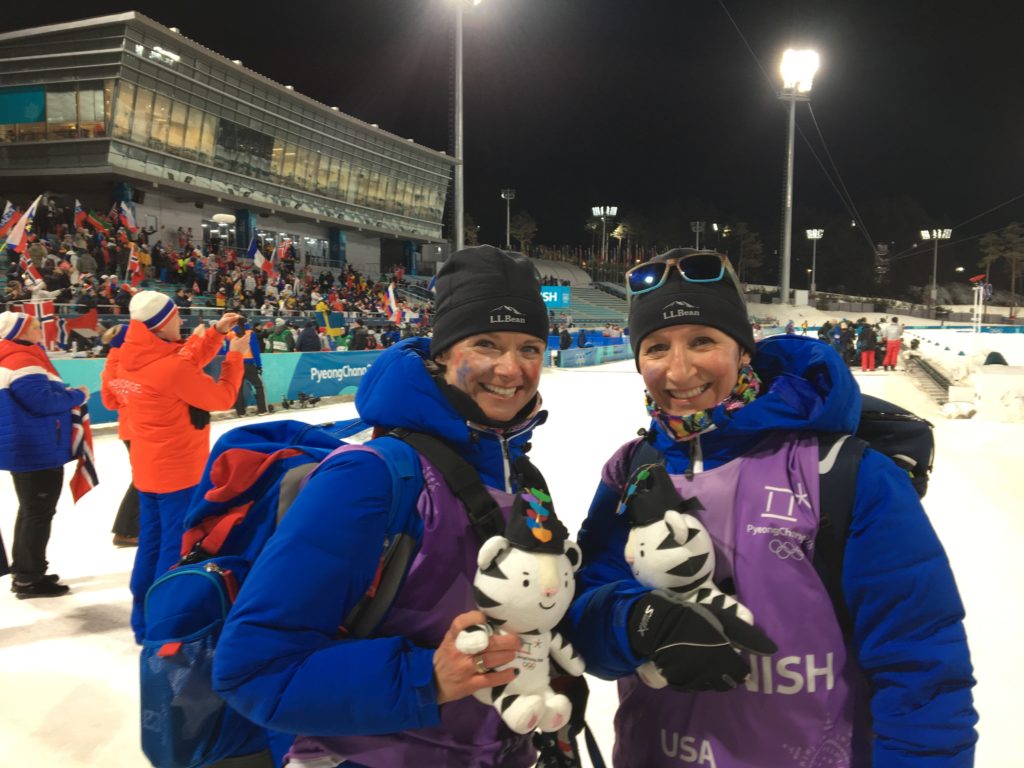
This is also when I check in with all our athletes, prepping for the PT/recovery body work that will be needed when we get back at the hotel. Massage and body work during the competition also involves calming the nervous system so the athletes can get restful sleep at night. During high-level competition, we often have a massage therapist on staff as well. This is a lifesaver for me, especially when we have larger teams with different or staggered competition times.
Being a physical therapist and traveling with the US Cross Country Ski Team has been an incredibly rewarding experience. I get to share my knowledge and experience as a PT, and I have been able to contribute to the recently growing success of US Cross-Country Skiing. It also keeps me eager to learn and perfect my craft. Very little in sports medicine is black or white, and new knowledge is constantly emerging. There is so much we still don’t know. So, we, as sports physical therapists have to keep our mins open and always learn.
Finally, I’ll leave you with the most important points of all. The athletes always come first, and the communication between the athletes, coaches and medical staff is paramount. Even in individual sport, it really does take a village to succeed!
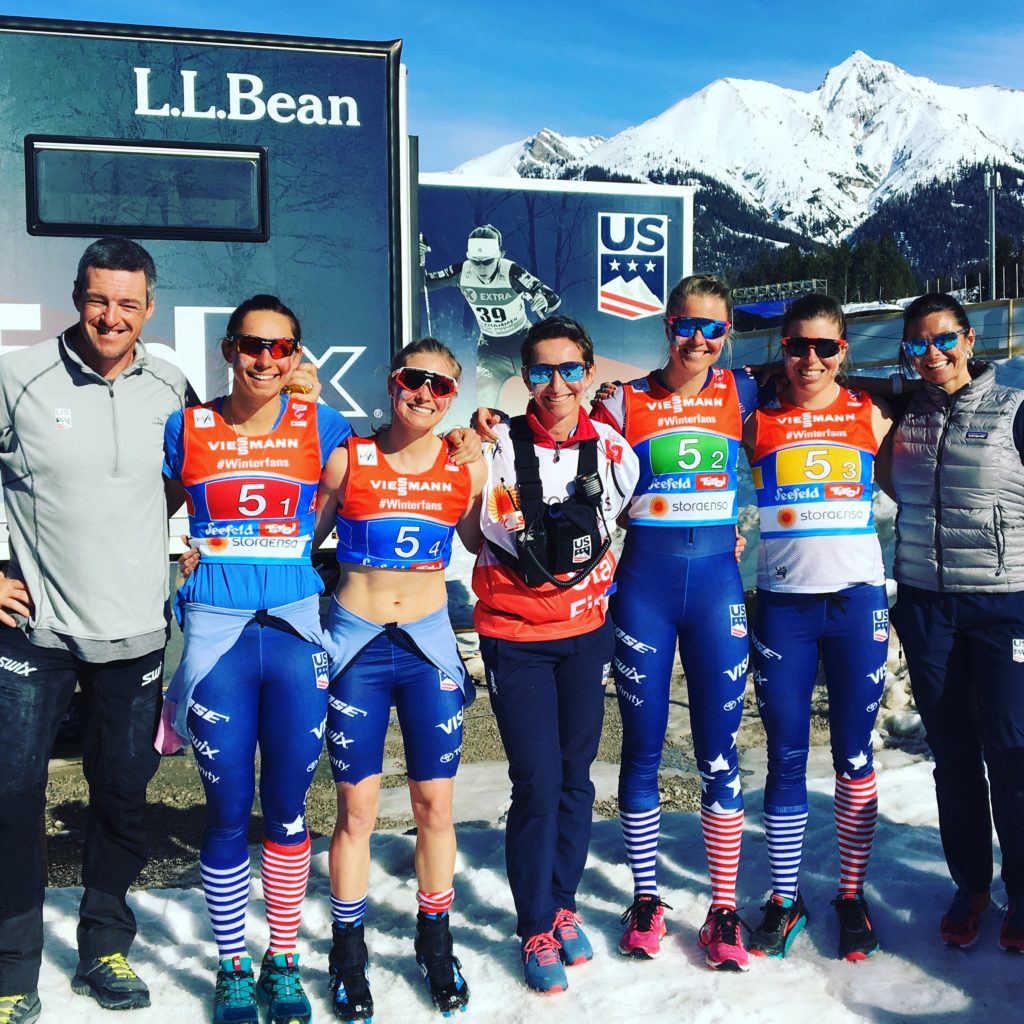
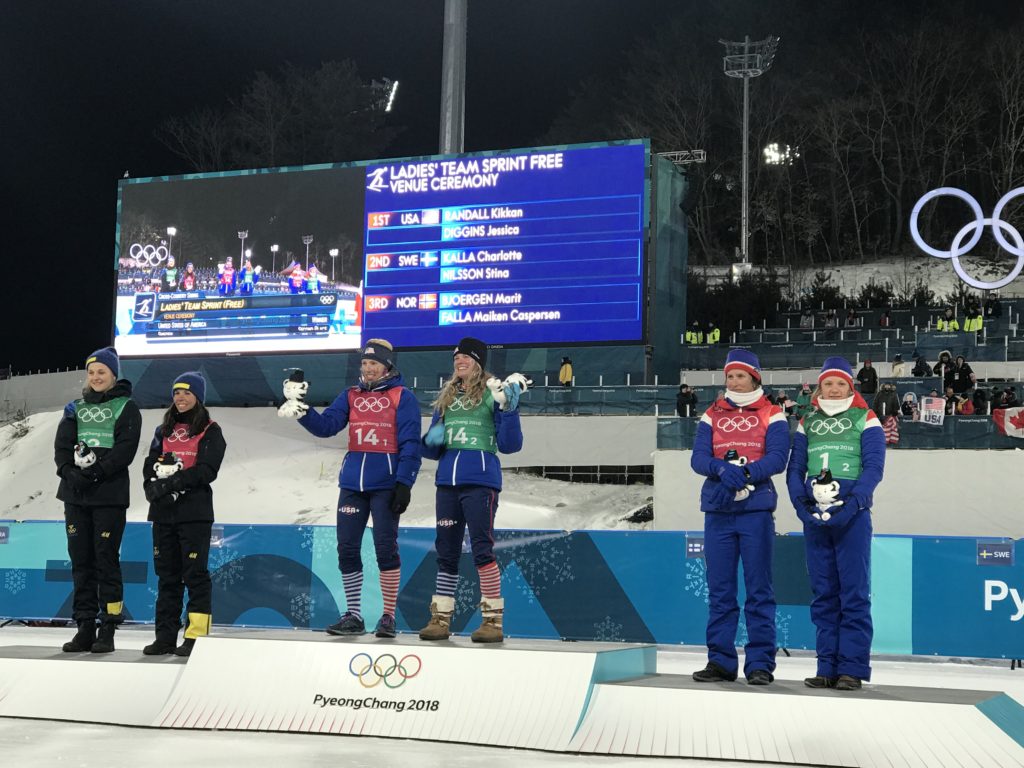
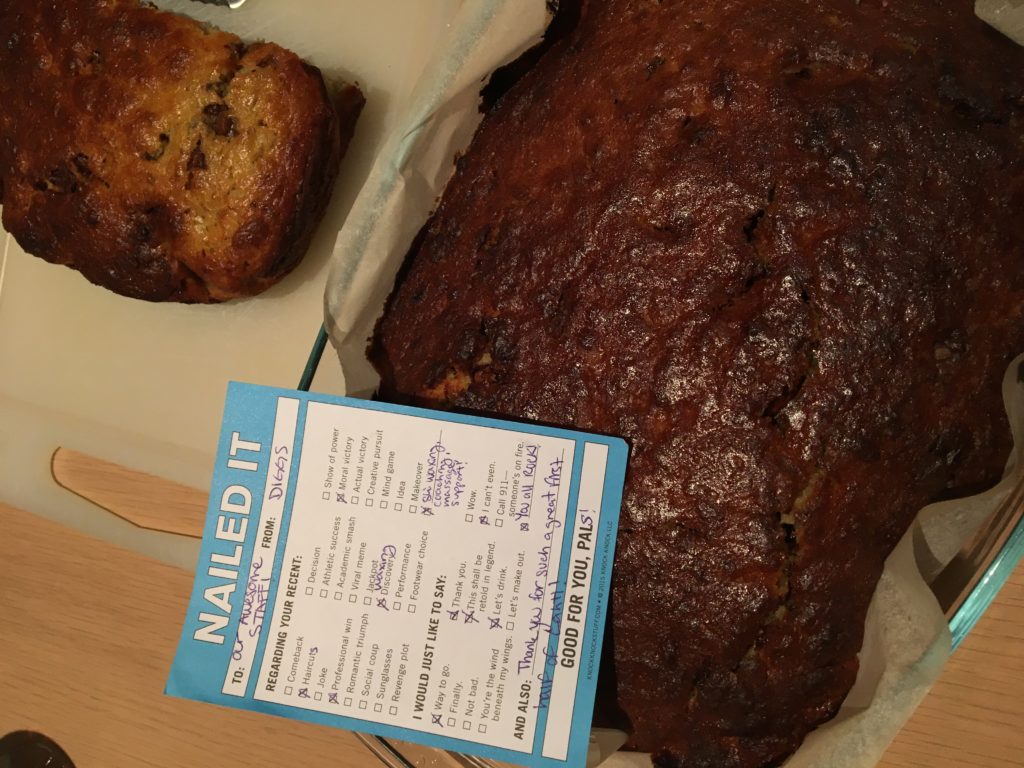
Zuzana Rogers PT, ScD, SCS, COMT
www.SportsPhysioAK.com
Helping recreational and elite runners of all ages to return to running safely and pain free…for life.
